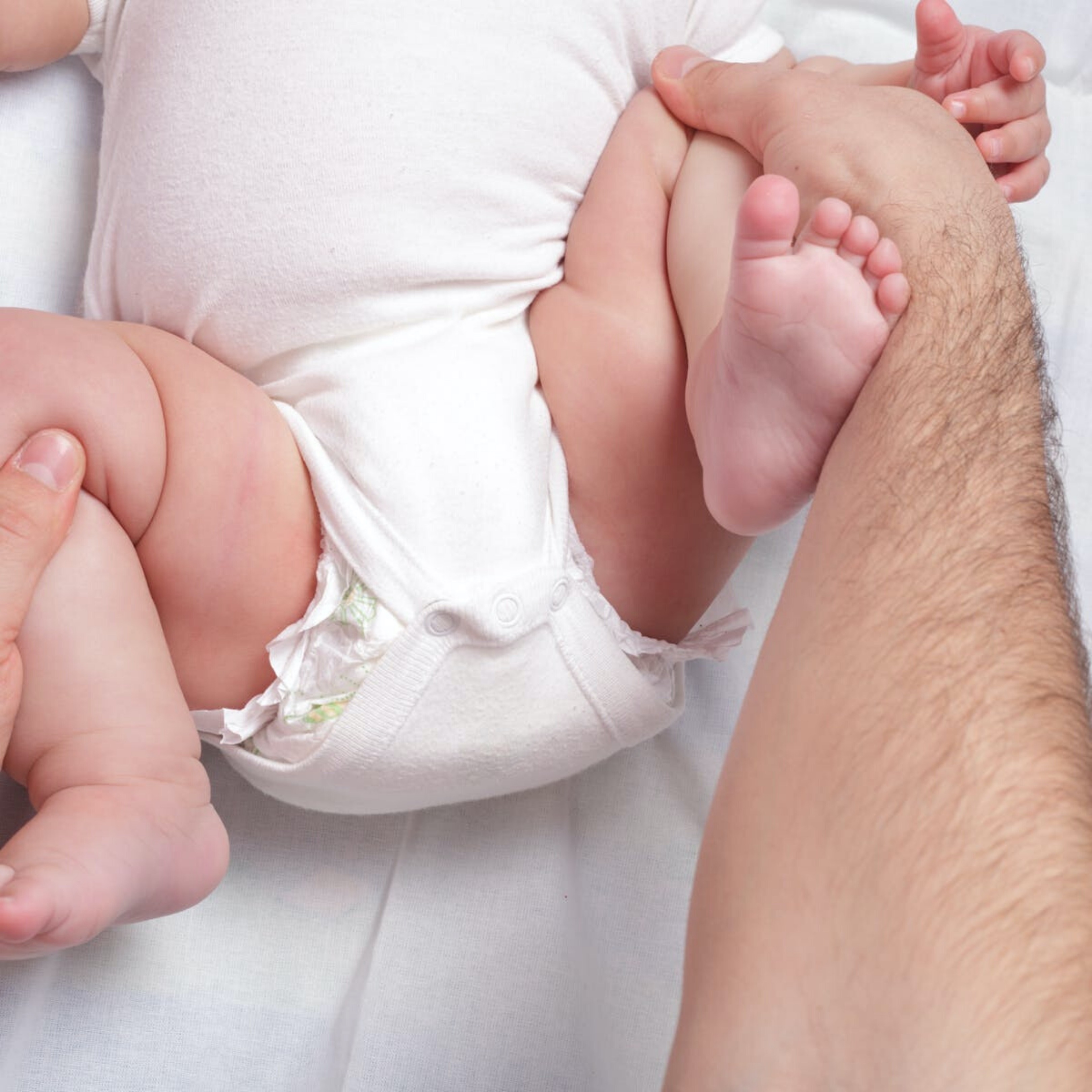
17 Feb Hip dysplasia in babies and infants
WHAT IS HIP DYSPLASIA?
Hip dysplasia is a condition which can develop in babies and young children where the hip socket doesn’t fully cover the ball portion of the upper thigh bone. This allows the hip joint to move away from the ‘normal’ position which can result in the hip not developing correctly and can lead to partial or complete hip dislocation.
At Western Paediatric Physiotherapy in Hoppers Crossing, our qualified physiotherapists regularly treat babies and infants suffering from symptoms of hip dysplasia and other development and musculoskeletal conditions.
While ‘hip dysplasia’ in the medical term, this common condition is also known as ‘clicky hips’, because if you move the hips of a baby suffering from hip dysplasia, you can sometimes feel or hear a little click.
The causes of hip dysplasia are somewhat unknown but it is more common in girls than boys, it can run in families and it is often found in babies that were born in the breech position (feet or bottom first), twins and babies > 4kg.
In Australia, checks for signs of hip dysplasia are carried out by doctors, peadiatricians and by maternal health nurses at every regular checkup from birth to 12 months of age. The signs in young babies can include:
- uneven skin creases in the upper thighs;
- legs that are slightly different in length;
- legs that do not move freely or move different to what is considered normal; and/or
- one foot being turned out.
Older children (12 months+) can also develop hip dysplasia and the signs we look for here include:
- children that sit or start walking later than expected;
- children who leans to one side when they are standing or walking; and/or
- children who waddle when they walk or have a wider gait than what is considered normal.
Once diagnosed, hip dysplasia may be treated and improved with a combination of physiotherapy, wearing a prescribed brace or harness and/or even corrective surgery.
Early detection and treatment is ideal to avoid corrective surgery and if you are concerned that your child may have hip dysplasia, please make an appointment with one of our experienced Physio’s for a full assessment – call Western Paediatric Physiotherapy on (03) 8001 2042.

No Comments